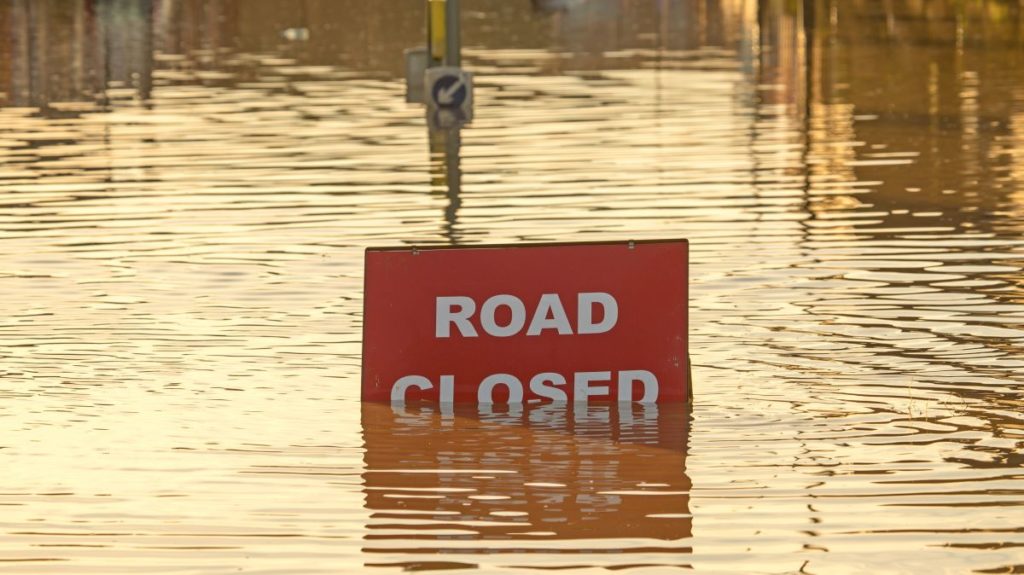Natural disasters are one of your biggest enemies in business. You can’t predict them, leaving you with no choice but to prepare for their aftermath while also bracing for the worst. But sometimes, it’s easy to brush of natural disasters, especially if you haven’t experienced a bad one yet.
Don’t make the mistake of underestimating the elements. 40% to 60% of small businesses don’t reopen after a disaster. If you survive but don’t reopen within 5 days, the chances of your permanent closure occurring within a year is high. 90% of small businesses fail to recover when they experience such.
Hence, a disaster risk management plan is critical. It ensures fewer losses and business continuity after severe weather or an earthquake. But don’t just focus your plan on your income and stocks. Don’t forget the safety of your employees and workplace, too. You can’t operate without a workforce and a facility, after all.
If your workplace is near a flood-prone area, consider your location just as vulnerable. Climate change has rendered hurricanes more unpredictable than ever. Gear up for a flood as if you’re on the lowest ground and recover from it with complete resources.
That said, here’s how your business can fight flooding:
Prioritize Your Employees
Prepare an evacuation plan applicable for any disaster. Ensure that your plan covers the following:
- Conditions that will execute the plan
- A chain of command
- Emergency procedures and who will perform them
- Routes and exits for fast and safe evacuation
- Procedures regarding the safety of employees, customers, and guests
- Safety equipment for your employees
- A review of the plan with your employees
OSHA requires employers to be responsible for the safety and health of their employees. That responsibility includes providing a safe and healthy workplace. As such, you must protect your team from the hazards of floods and the hazards associated with flood response.
When the flood subsides, you may task your employees to help clean up your workplace and/or conduct rescue operations. If you’d instead let them go home, check if the waters aren’t deeper than six inches. That depth is enough to stall cars, so advise your employees to abandon their autos in that scenario.
Check for electrical hazards before cleaning up. Enlist a utility worker to inspect and repair damaged electrical lines. Ensure that utility workers are properly trained and are in personal protective equipment (PPE).
Identify Health Hazards
Your workplace is not yet 100% safe after a flood. If you experienced a power outage, run your generators outside. Diesel and gasoline-powered generators release carbon monoxide, a colorless and odorless gas that can be fatal to humans.
Employees who will lift heavy debris may be at risk of knee, shoulder, and back injuries. As a preventive measure, require at least two people to lift heavy objects instead of just one. Teach them the right lifting technique; using the wrong approach may cause injuries, even in assisting each other.
Hours or days after the flood, inspect your workplace for molds. Exposure to mold may cause sneezing, coughing, and aggravation of symptoms to those with respiratory conditions. The spores may also irritate the eyes and skin. Wear an N-95 respirator when cleaning up mold, or enlist a professional if the mold problem is serious.
Check for rodents, snakes, and insects as well. Apply insect repellent with DEET or Picaridin before doing your inspection. Cover your skin, especially your legs and feet, with thick clothing to prevent bites or direct contact with germs from the animals.

Consider Renovating or Upgrading Your Interiors
More workplaces are starting to install smart home systems. Such can alert you in advance about extreme weather. It can also inform you of the predicted levels of water. Smart home systems also come with a WiFi CCTV camera, which can help you simplify your insurance claims process after a disaster.
Consider changing your flooring as well, especially if it’s posing a safety hazard after a flood. If you want high-quality and appealing hardwood flooring, choose engineered wood or laminate. They’re durable, long-lasting, low-maintenance, and has a surface that’s impervious to water.
Save Your Files in the Cloud
Save digital copies of your important documents in the cloud. Download other crucial files and contacts too before a disaster, in case you experience a power outage. Find a way to communicate with your customers as well. They need to know whether you’ll change your business hours.
Your loyal customers will also appreciate hearing your recovery updates. 60% of businesses use Google My Business to do such. And if you need financial assistance, reach out to lenders or host an online fundraiser. Even if you can’t reopen within 5 days, you can still get back on track with perseverance and a commitment to continue running your business.

